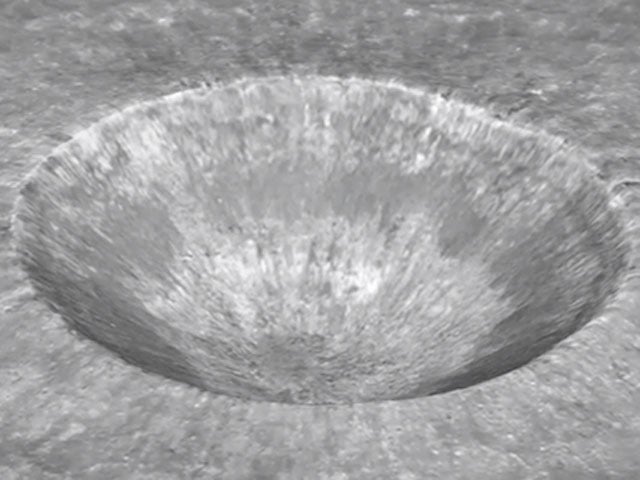

Finding helium at that scale, which was in an individual vesicle, was new. The helium Burgess found was in a vesicle, which is a small bubble, an open space inside the grain that traps the helium.

By comparison, a human hair is about 100 microns, or more than 1,000 times larger. Her research narrowed in on single particles, single dust grains that had not previously been measured in detail at the nanoscale, which refers to material measuring 1-100 nanometers. Scientists studying Moon material found helium, but it was at the bulk level, Burgess said. “We know that there is a lot of helium in the solar wind, along with hydrogen.” “Scientifically it wasn’t a huge surprise,” Burgess said. One of Burgess’s primary findings from these samples is helium trapped inside tiny grains of moon dust. Lunar samples of dust particles and rock have been brought back to Earth for more than half a century, ever since Neil Armstrong became the first person to step foot on the Moon in 1969. Heinrich award for her work over the past decade. Burgess is being recognized with an award from the Microanalysis Society, receiving the Kurt F.J. “The idea that you can walk outside and see the moon and think, ‘These are little particles of dust that used to be up there, and I get to work with them in my lab,’” Burgess said, “that’s pretty cool.”Ī lot of studying of those samples through a microscope has taken place over the years, and her diligent work has paid off. When you look at the moon looming over the Earth, especially a rising harvest moon blazing bright orange and red, you don’t think about a tiny grain of dust up there.īut Kate Burgess does, she’s studied dozens of lunar grains in her work as a geologist at the U.S.


 0 kommentar(er)
0 kommentar(er)
